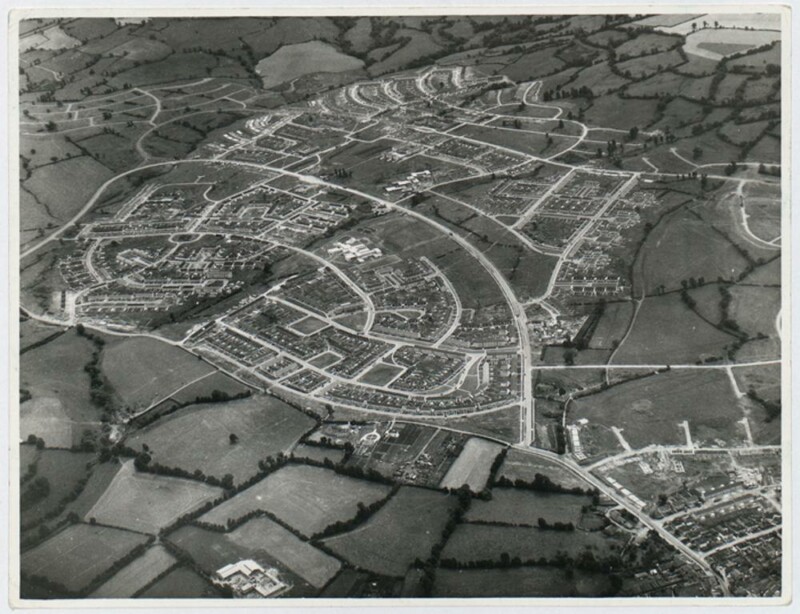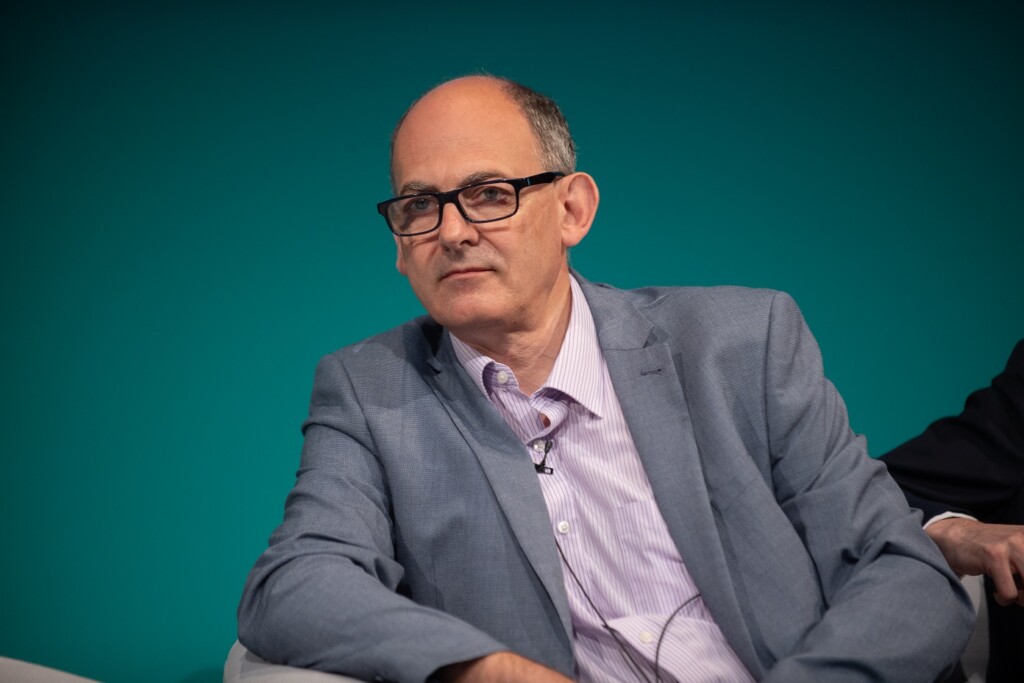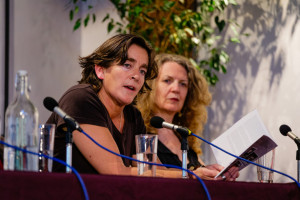The history of Hartcliffe Estate, 1944-1958 A Tale of Conflict and Betrayal

Share this
In 2019, Paul Smith, then cabinet member for housing on Bristol City Council, led the Homes for Heroes 100 project. As part of this, he wrote about growing up in Hartcliffe for the book Council Estate Memories. Here he looks more at the history of the estate.
In 1943 Bristol City Council started thinking about the reconstruction of the city once the war was over. In January of that year a report identified the need for 30,000 new homes, and there was an acceptance that not all of those could be accommodated inside the existing city boundary. Talks began with both Somerset and Gloucestershire to secure extensions of the city to gain access to developable land. One potential location was the farmland between the southern city boundary and the sprawling Dundry Hill.
A new estate could be built on the basis of a garden city model which was described in a book published by the local company J S Fry and written by the City Archivist: English City, The Story of Bristol (1945). Fry’s published the book because, ‘We felt we should like to make some contribution to the rebirth of our city.’ In reality, the book was a council document which covered the history of the city but also focused on how it would be rebuilt. It described building ‘self-contained districts called ‘Neighbourhood units’, each with its own amenities, including a shopping centre, clinic, school and churches, cinema and recreation grounds. Factories should be built in or near the ‘Neighbourhood’.’
The new estate on the Dundry Slopes was to be built to this model. However, there were things which needed to be sorted out. The first was the boundary. Bristol Council was worried about the chaotic distribution of service, with Somerset County Council responsible for the police, public halls and community centres, education, health services, welfare services, children’s care, libraries and food and drug inspection; Long Ashton Rural District Council would have street lighting, street cleansing, refuse disposal and highways; and Bristol would be running the housing itself and the fire service. The County Council, based in Taunton – over 40 miles away down the A38 – wasn’t keen either. The County stated in a letter to Bristol, ‘This undertaking will involve the County Council in vast expenditure in respect of an area of the County which the Boundary Commission have already indicated should be added to Bristol and may have the effect of disorganizing the basis of County Council administration’.
In 1949 Bristol gained the land from Somerset but, in doing so, had to relinquish its interest in expanding to the north and the east into Gloucestershire.
The next challenge came over the name. The good people of Dundry village did not want their name used to describe the new council estate. When Bristol proposed ‘New Dundry’, old Dundry complained that this would confuse the postal service. The name settled on was Hartcliffe, ‘the army on the hill’, taking the name of the medieval Hundred of Hartcliffe which covered the area. Later, there was also an argument about the street names. There was a proposal to the council that they should be named after Battle of Britain pilots, but this was defeated in a vote in favour of the established Bristol practice of using names which had a historical link to the area. The streets were named after taxpayers in the old Hundred.
The plans for the estate were ambitious, matching the neighbourhood plan. Hartcliffe was to have 3,100 homes, three junior schools, a secondary school, six nurseries, three churches, six pubs, a cinema, a library, a health centre, five youth and scout/guide centres, a community centre, a swimming pool, a cricket pavilion and a public café.
The first blow to the plans came within just six months of their approval by the council. In May 1950 the Citizen Party (a coalition of Conservatives and Liberals) was elected, ousting the Labour Party. In June 1951 the Housing Committee met and approved a lower standard for council houses. They would be smaller and cheaper and for the rest of that decade most council homes were built of pre-reinforced concrete (PRC). The main road into the estate was downgraded from a duel to a single carriageway when an application for a government grant was declined and the stream running down the middle of the estate was filled in to save money on bridges.
People moving in soon found that the facilities they had been promised weren’t there. Firstly, they were aware that the estate was built without pavements or side roads being completed. The area was a sea of mud, deliveries were only made to the main roads, and shops and pubs only followed several years later, leaving residents to wade out of the estate to gain access to services.
The cinema, the swimming pool and the cricket pavilion were never built, the library was completed over 20 years late. Other facilities were scaled back: one nursery not six; three youth clubs not five; four pubs not six; and the main shopping centre was reduced in size. Promises were broken and the estate became an outpost of the city, a sadly denuded version of the original vision.

Paul Smith served as a Bristol City Councillor from 1988 to 1999, when he was chair of the Environmental, Health, Land and Property and Leisure Services committees, and 2016 to 2020 when he was Cabinet Member for Homes and Communities. Paul previously worked for the National Housing Federation and is now Chief Executive of Elim Housing. He’s a regular writer and commentator on housing issues.


